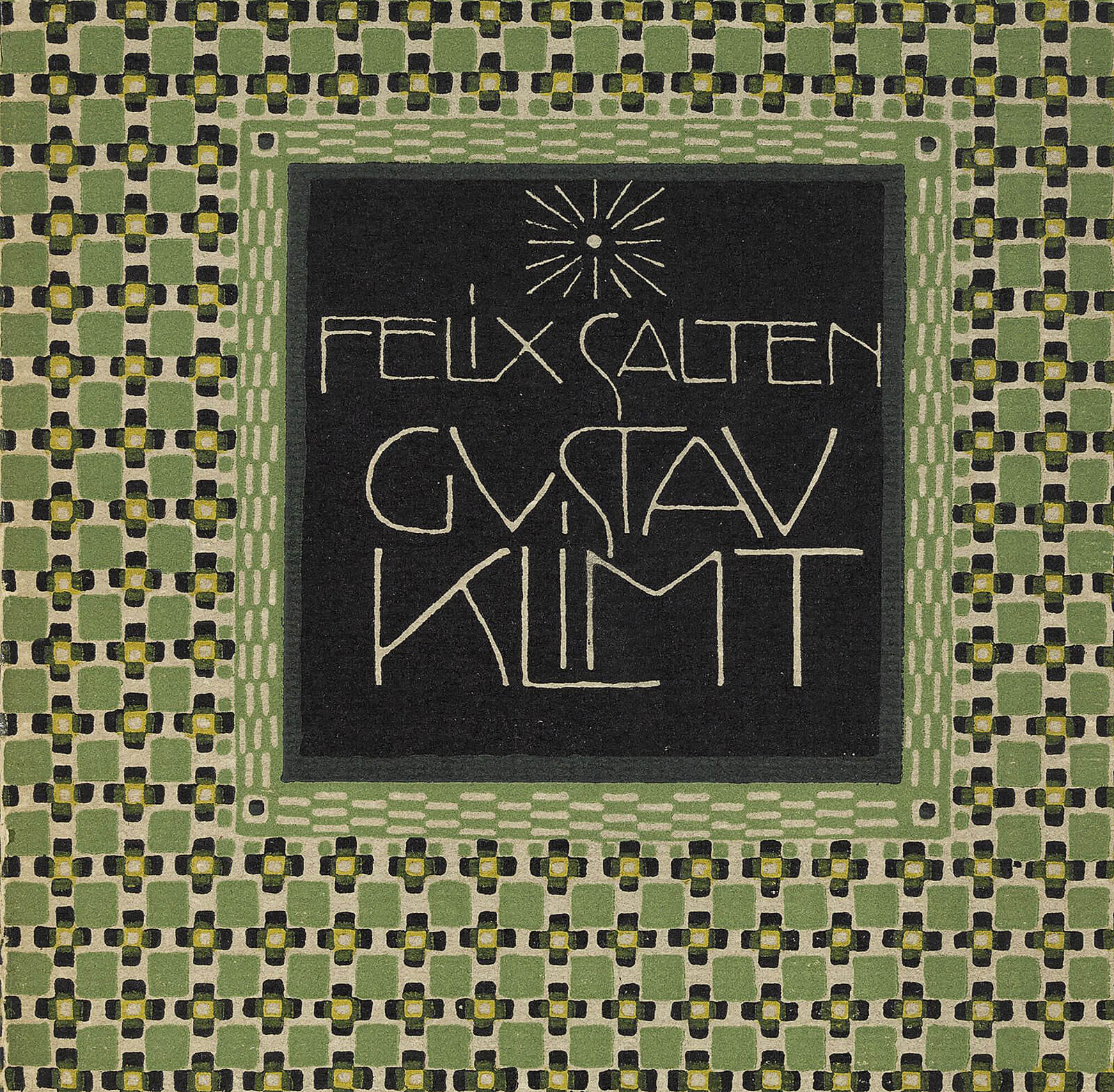

A 1980s edition uses asterisks for that purpose. There are no chapter divisions, but the 1920s German-language editions, set in Fraktur, use an embellished dash to divide the text into large sections. The Hound of Florence is written as one piece. Salten himself was a passionate dog lover and kept dogs most of his life. Īccording to Salten's biographer Beverley Driver Eddy, the strength of The Hound of Florence lies in the depiction of the dog Kambyses – a "brilliant portrayal of a dog's character". Ĭertain recurring motifs in Salten's œuvre appear also in this book: the deep cleavage between the very rich and the very poor, and a critique of the nobility.

However it was not until 1921 when the manuscript was completed. In 1907 he mentioned to Arthur Schnitzler that he was then about to finish the manuscript.

He carried the material for twenty-five years before he dared to write the story. In the 1890s the journalist Salten had become a friend and confidant of the Austrian archduke Leopold Ferdinand, and in his novel Salten makes use of his experiences with the archduke and his brothers. The book has some "overtly" autobiographical background. It is not known if the alternative ending is authorized. In the English translation, a wholly new ending of six more pages has been written: Lukas survives, gets medication and is united with the courtesan. The German-language version ends in tragedy: the archduke stabs the dog to death with a dagger, killing Lukas, and his body is disposed of. The ending of the book differs greatly in the original language and in the English translation. This is the only book of Salten in which supernatural elements occur, and they may show influence of E. By magic, his wish is granted, but every other day he must take the form of a dog, Kambyses, that belongs to the Archduke Ludwig and, alternating daily between human and canine form, he travels from Vienna to Florence, along with the Archduke's troops, where he has to lead a unique double life. The adolescent Lukas Grassi has lost his parents and lives in Vienna in great poverty, longs for his native Italy, and would like to study art in Florence. The Hound of Florence is an adventure story for young readers, set in early eighteenth-century Austria and Italy. The novel was first translated into English in 1930 by Huntley Paterson, and the translation has illustrations by Kurt Wiese. It is best known today for partly inspiring the 1959 Walt Disney Productions film The Shaggy Dog as well as its sequels and remakes. The Hound of Florence: A Novel (German: Der Hund von Florenz) is a 1923 novel written by Felix Salten.


 0 kommentar(er)
0 kommentar(er)
